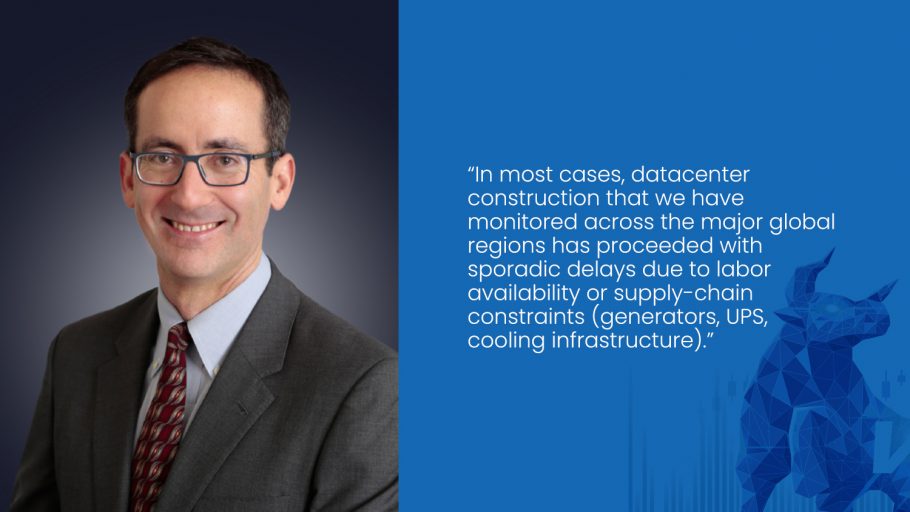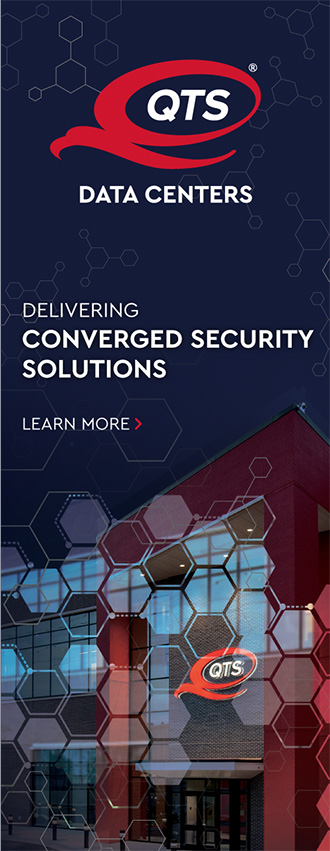General Observations
Hyperscale demand remains strong, with larger and/or geographically broader requirements, many of which were planned well ahead of, and have been unaffected by, the COVID-19 pandemic. Drivers include US and Chinese cloud and social networking demand as well as a variety of SaaS, content, streaming media, technology, and enterprise requirements. Demand drivers across many European and North American metros we have visited during 2021 remain robust, often led by cloud, content and software-related requirements, with contributions from other sectors such as gaming, services, enterprise, and the public sector. Demand trends across APAC and Latin America also appear robust (including in China despite enhanced government scrutiny of portions of the technology and Internet sectors). In the enterprise/retail colocation segment, many IT projects that paused during 2020 have begun to resume. As a result, many market participants we have spoken to are optimistic about new-logo generation over the coming year.
Demand, development, and pricing
We are seeing increased focus on deployments (or contemplated deployments) in the next tier of international markets within EMEA (Berlin, Madrid, Milan, Warsaw), in India, and in several Southeast Asian markets (e.g., Indonesia, Thailand, Malaysia) within AsiaPac. Other examples include Osaka and Melbourne, which are seeing a strong mix of hyperscale demand alongside the primary datacenter metros (Tokyo, Sydney) in their respective countries. At the same time, established markets such as London, Frankfurt, Paris, Northern Virginia, Northern California, Phoenix, Singapore, Portland and several others have seen continued robust demand, at times accompanied by land purchases and announced greenfield deployments by the hyperscalers themselves. In the emerging markets, China, Brazil, India, Indonesia, Korea, and South Africa have been mentioned to us most frequently by multiple industry participants as seeing the strongest demand from customers and developers, with promising fundamentals based on a mix of competitive factors and/or expected return levels or volume of demand.

Based on the commentary of some management teams, most yields on double-digit MW deals are landing within targeted ranges, but this is highly dependent on market inventory and various competitive factors. With respect to expected returns, private operators generally cite ranges of wholesale unlevered yields that are consistent with or at times lower than those communicated by public operators. That said, it is challenging to compare private vs. public company returns with precision given the lack of disclosure and disparate definitions. Public and private players alike indicate that much of their leasing success is based on a combination of price, availability, future capacity and location. Offering a multi-location solution provides advantages for operators that are able to offer this to customers who require flexibility around future deployments. Private players, despite their cost of capital disadvantage, are sometimes able to win hyperscale business based on a mix of more flexible lease terms, customized design, faster delivery schedules, and/or more stringent SLA arrangements.
Disclaimer: This content is based on information available at the time it was written, and is for informational purposes only. It is not an offer to buy or sell, or a solicitation, and no recommendations are implied. It is outside the scope of this communication, to consider whether it is suitable for you, and your financial objectives. For Disclosures and Disclaimers, see: https://www.rbccm.com/en/policies-disclaimers.page
ABOUT THE AUTHOR
Jonathan Atkin is a Managing Director at RBC Capital Markets since 2000. His focus areas include telecom services, communications infrastructure, and cloud computing. During each of the last six years, Jonathan has received the #1 ranking from Institutional Investor in the Communications Infrastructure sector. He has also received #1 rankings from Thomson Reuters in Telecom Services and Real Estate Equities, a #1 ranking from the Wall Street Journal in Internet Services, and a #1 ranking from the Financial Times in Telecom Services. Before joining RBC, Jonathan was a senior consultant at BIA Companies focused on wireless strategy and valuation, worked in corporate strategy at Daimler-Benz AG, and was a policy analyst with the United States Congress. He has an MBA from Columbia University and BS and MS degrees in engineering from Stanford University. He is a two-time finisher of the Ironman triathlon.



